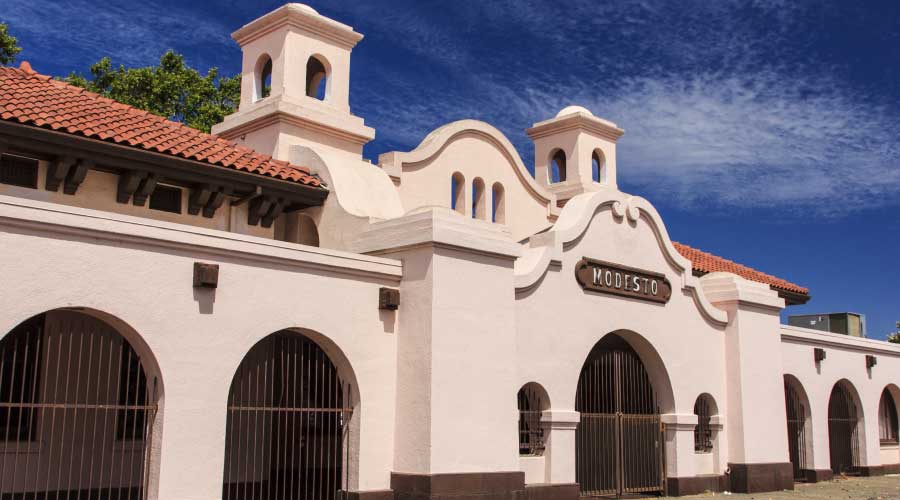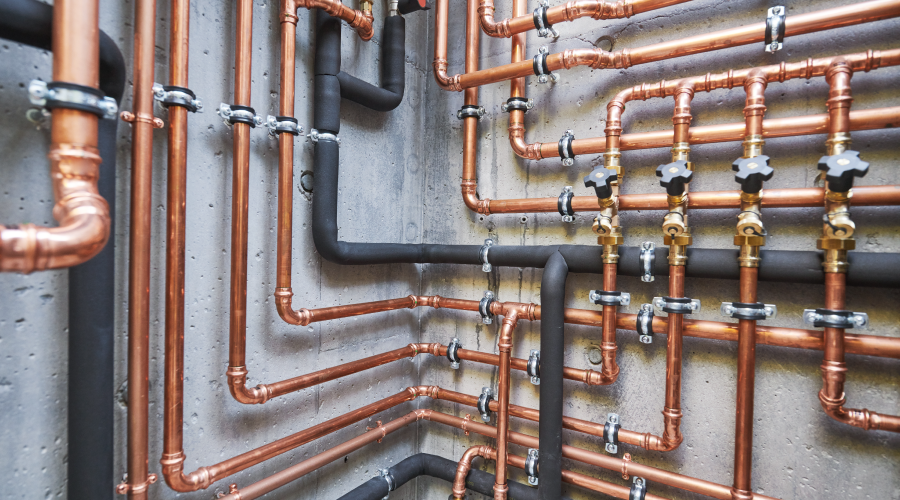Rising Water Costs Drown Potential Savings From Plumbing Retrofit
Going against the flow
The school district decreased its water use by more than 173,000 gallons from 2006 to 2012, numbers that indicate a successful upgrade project. But a dramatic rise in water costs — Young says as much as 72 percent over the past six years — has kept the district from realizing the savings it had hoped for.
"We're saving water, not using as much, and it's still costing us as much," Young says.
Managers across the country no doubt can relate to the water-conservation issues that the district is facing.
"State and federal cutbacks have severely hampered the operations in school districts on this side of the country," Young says. "This forces our hand pretty much to peel back the orange and see where we can find better means to cut our expenses so we're not having any kind of negative impact on educational services."
Even though the savings might not have materialized as the school board anticipated, Young remains satisfied they proceeded with the project when they did. He says the project created awareness that upgrades can make a difference.
When asked if people are generally aware of water-consumption issues, Young says, "I'm going to say generally no, I don't think they are. Through our efforts internally, with our department in conjunction with our engineers who we work with on a daily basis pretty much, we're able to indicate to them that we need to recognize these things. Cost is becoming a big factor, and for us to solve it and be able to continue, we have to find other ways. We certainly can't continue decreasing revenues and decreasing services We have to find other means, and this is the best means to reduce our expenditures in ways that are not going to have a significant impact on our educational facilities."
The next phase of the district's project continues. Young's goal is to get all the district's buildings completely upgraded with low-flow toilets, urinals and faucets.
"We're not up to snuff, so to speak, in all of our buildings," he says. "We need to be a little more proactive. We don't want to put in a 2010 model when there's a 2013 model available."
Related Topics:














